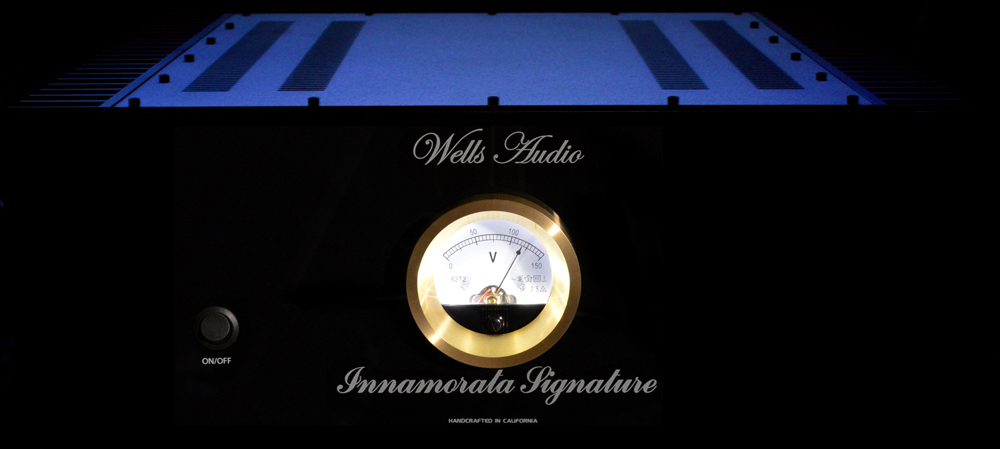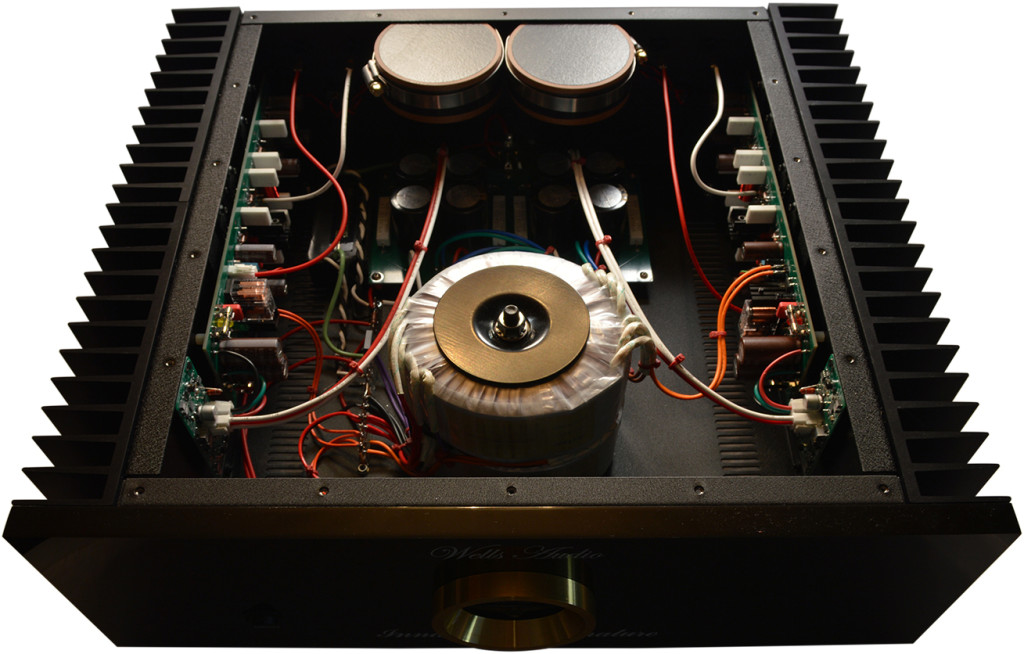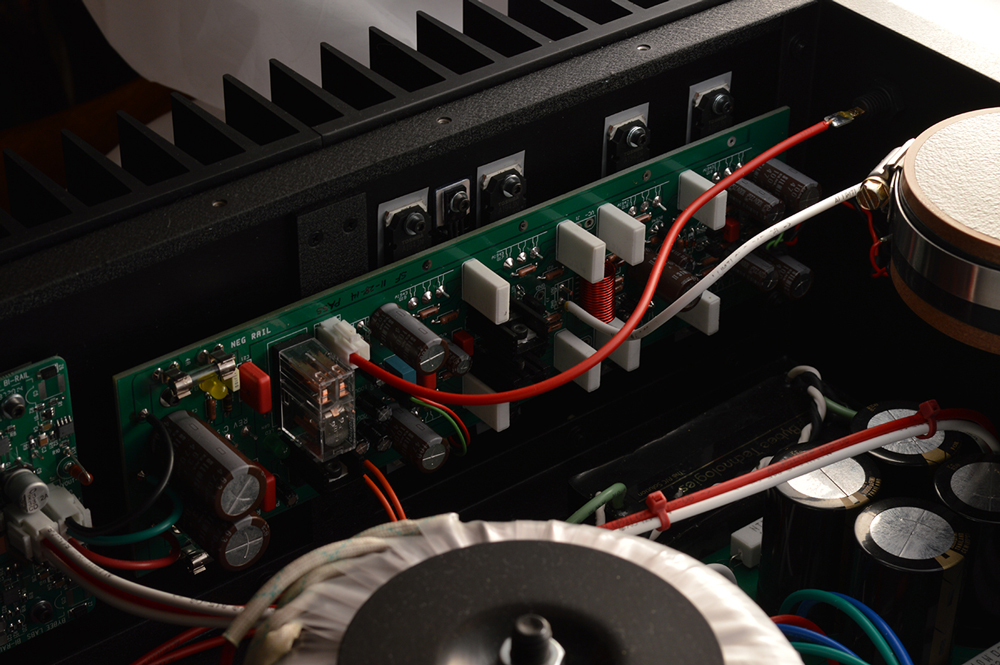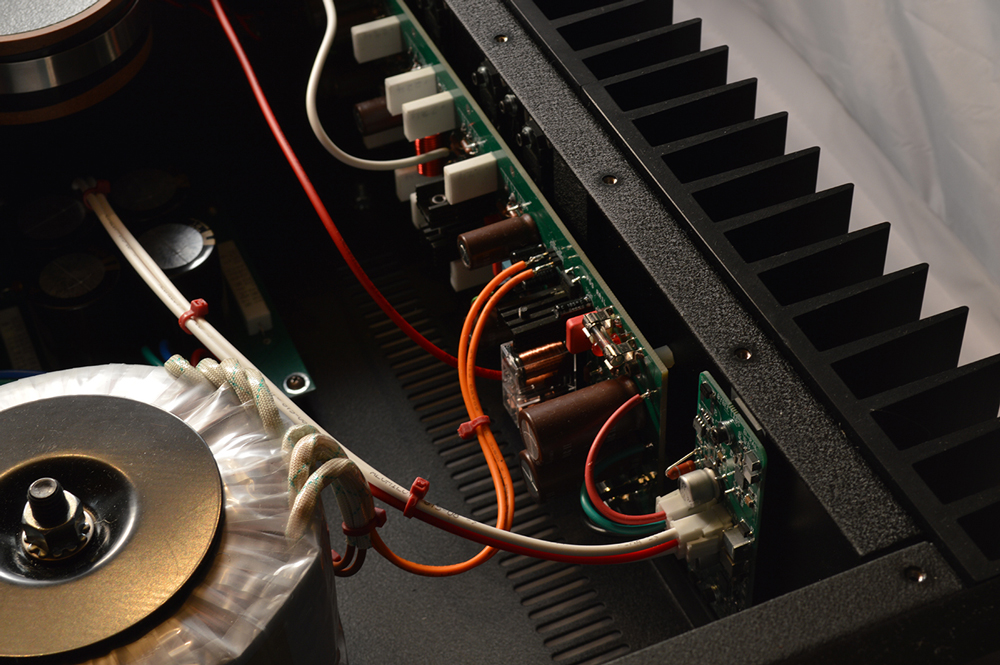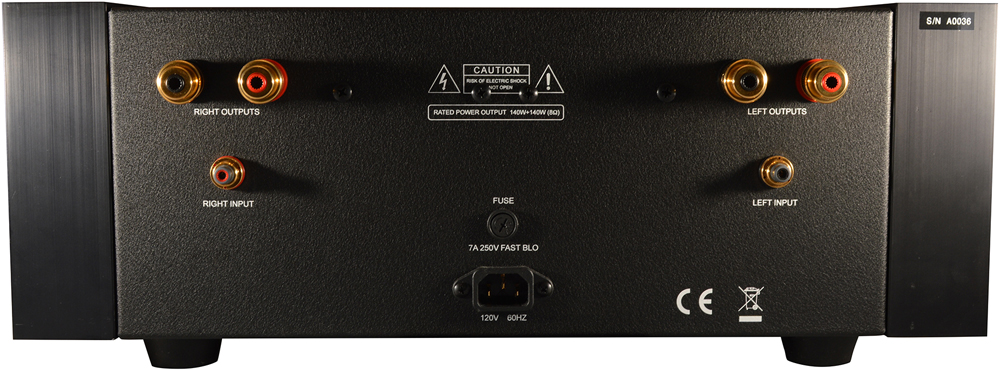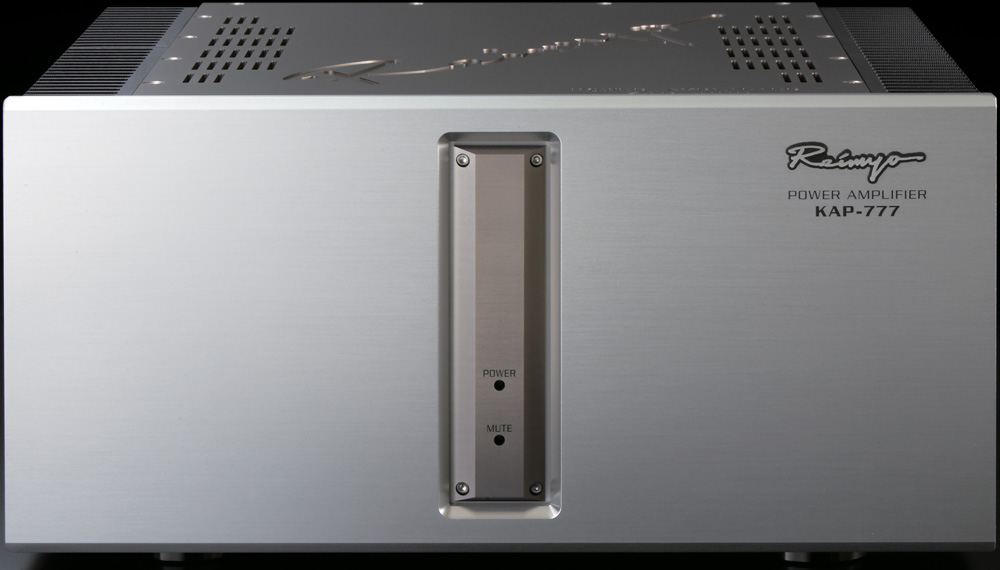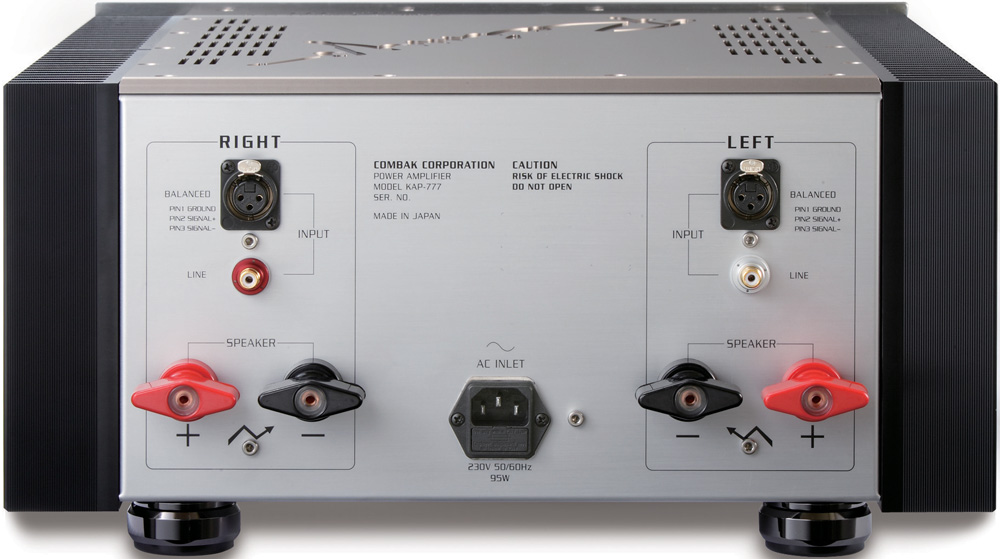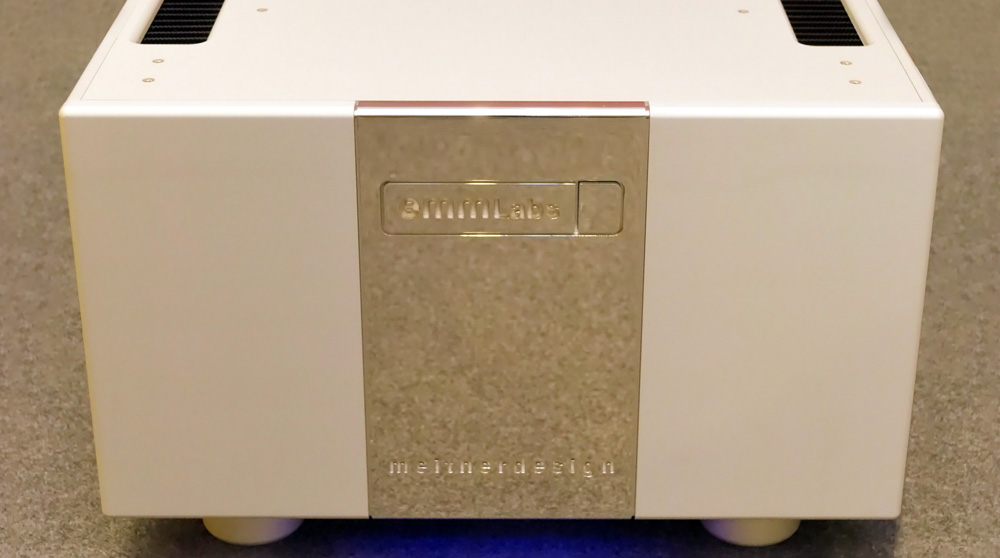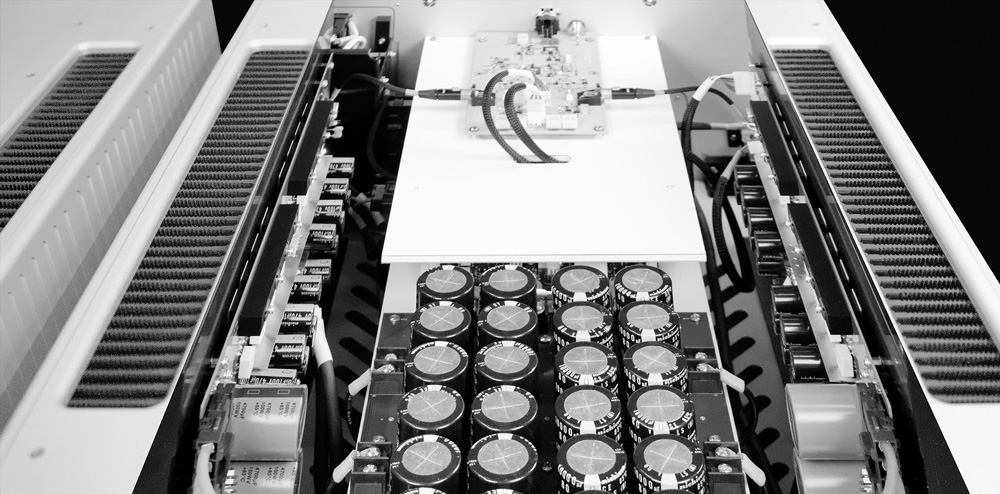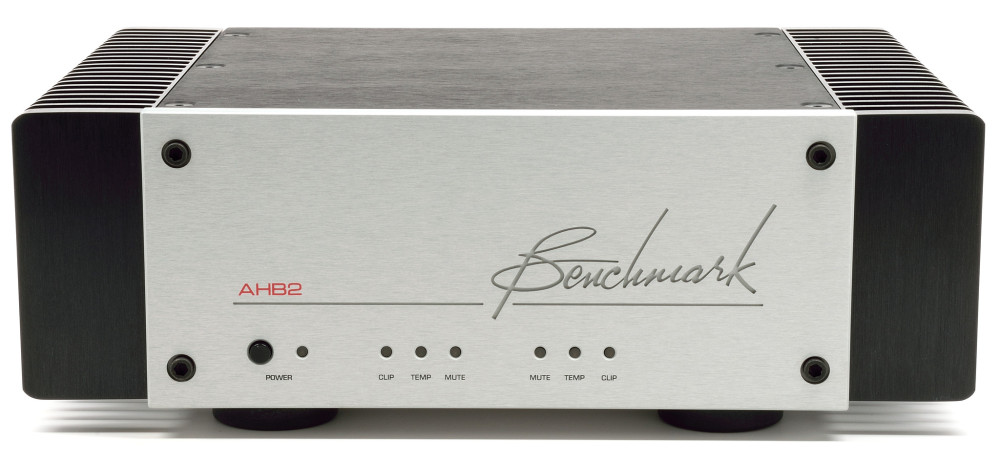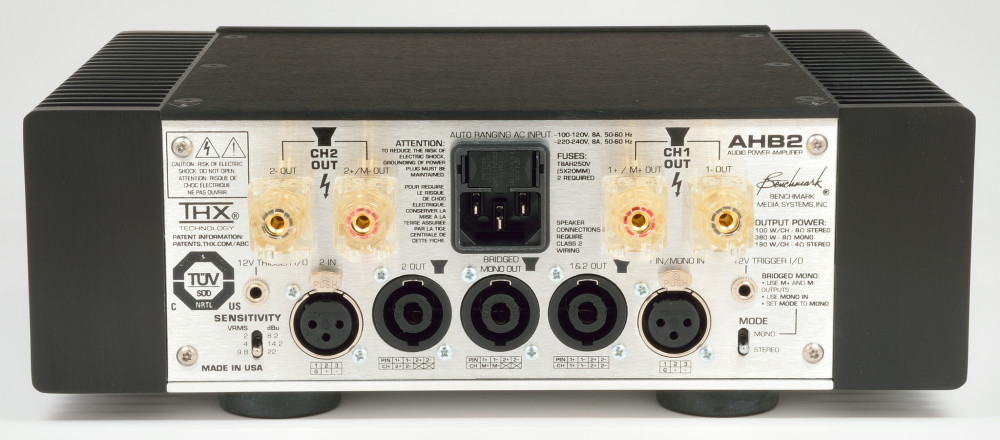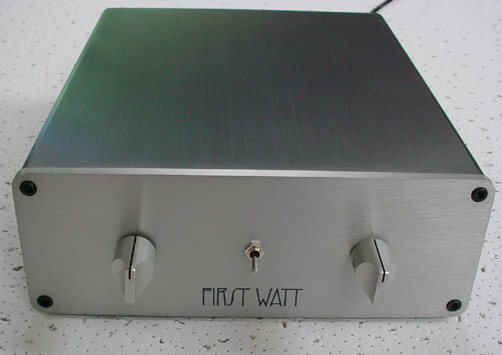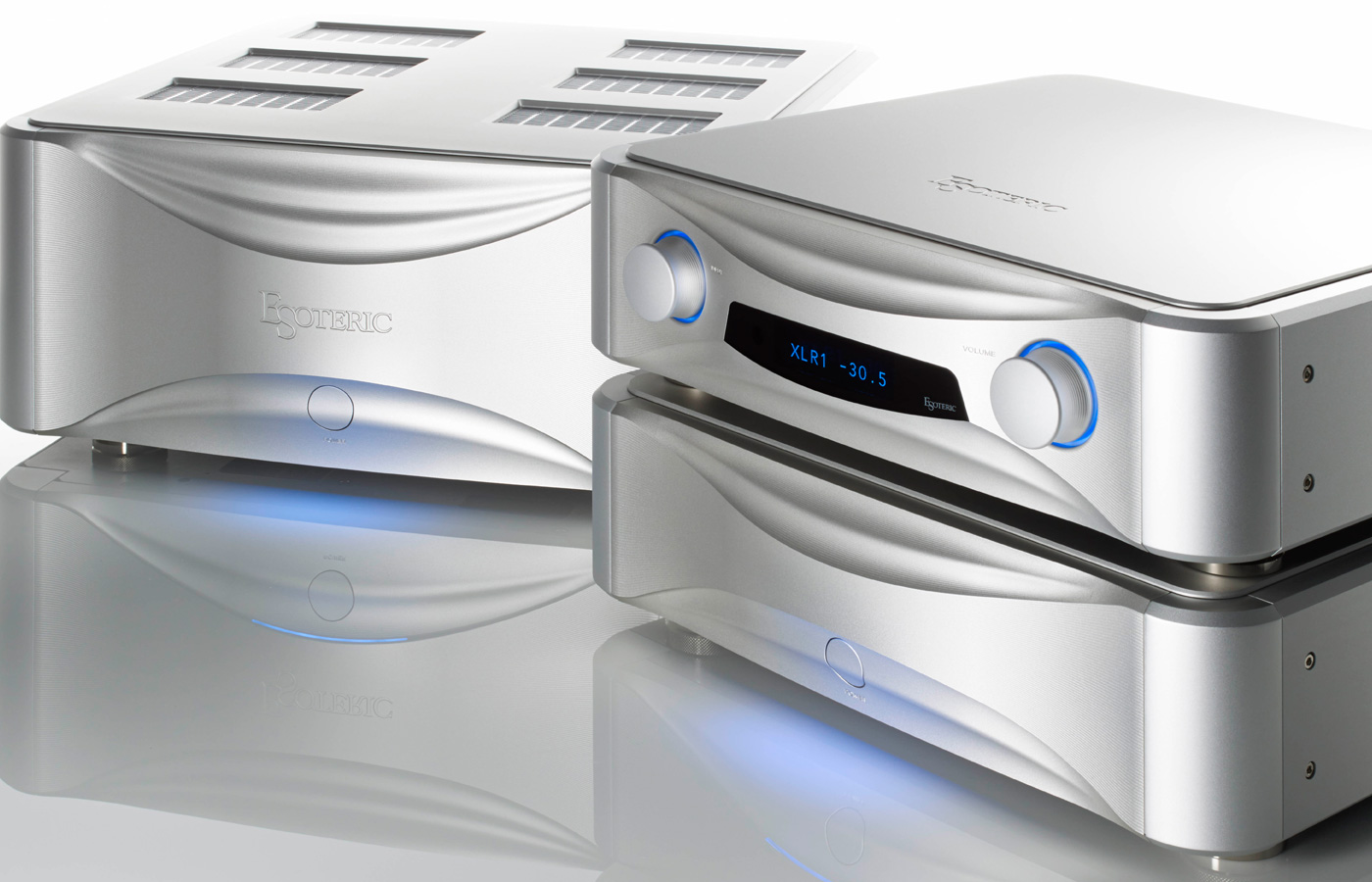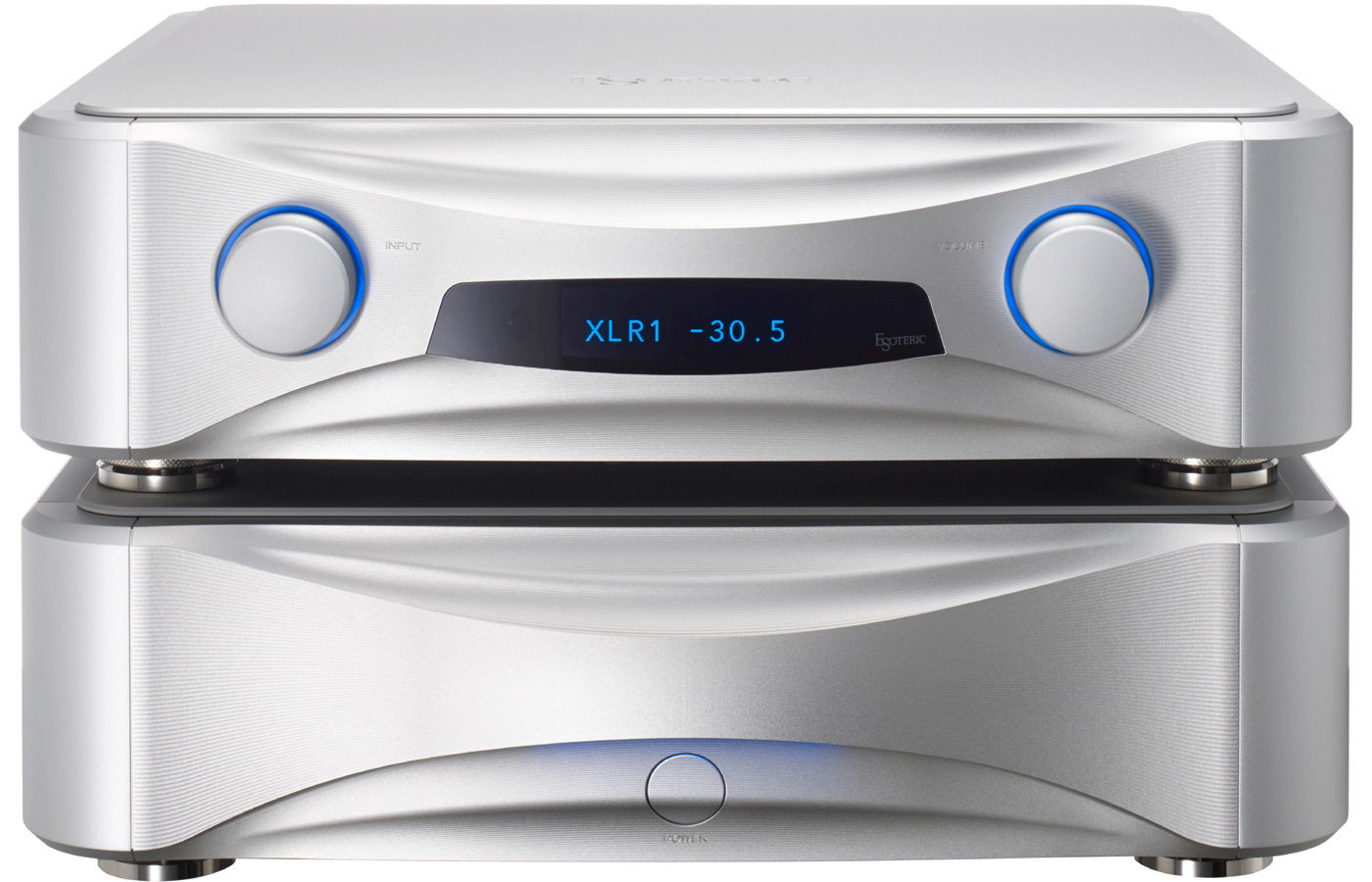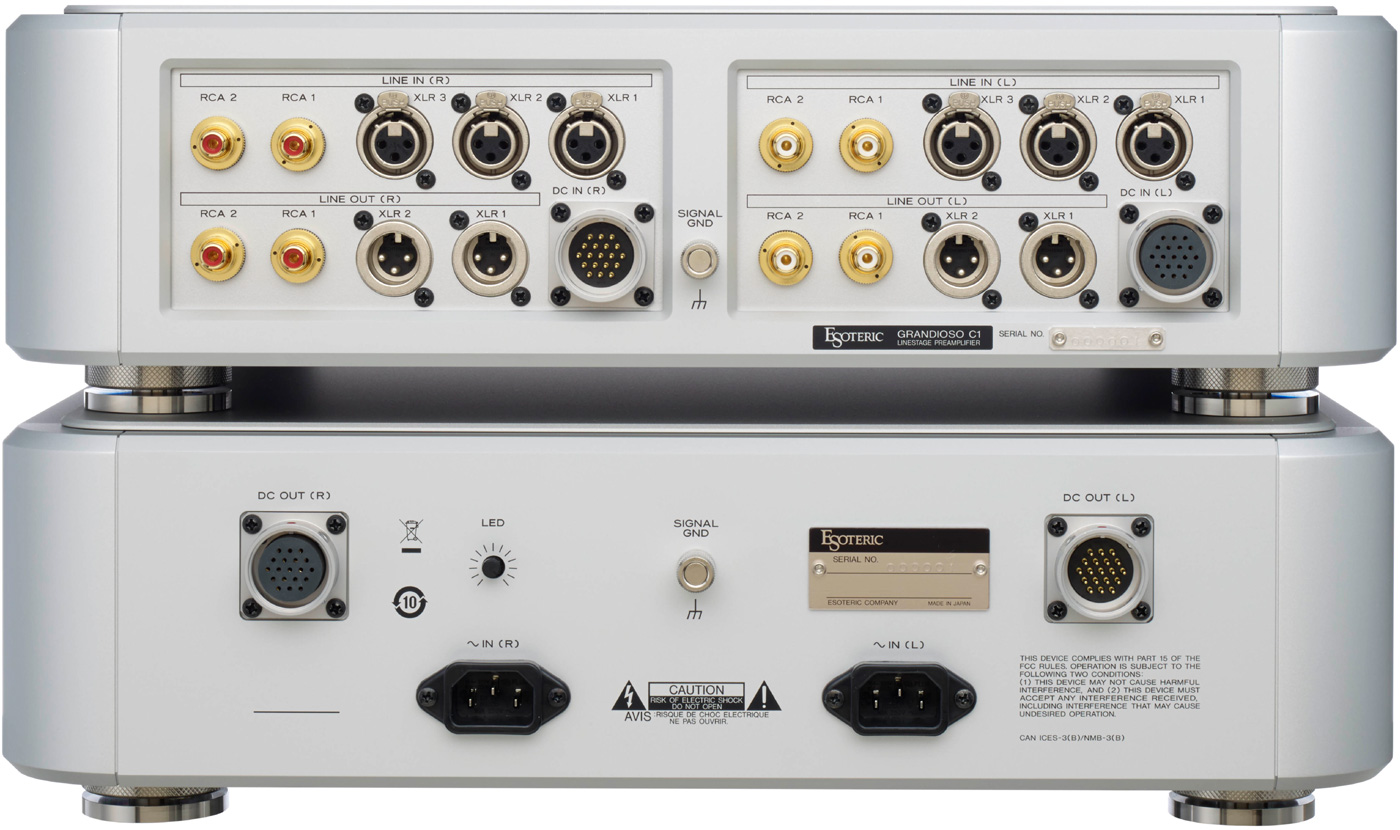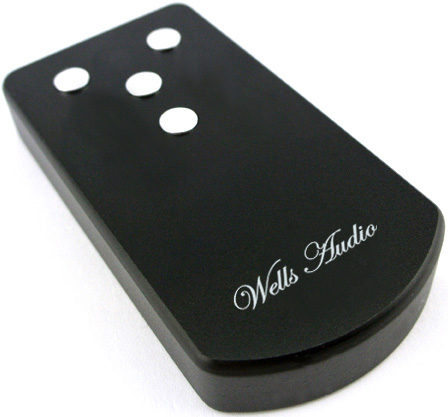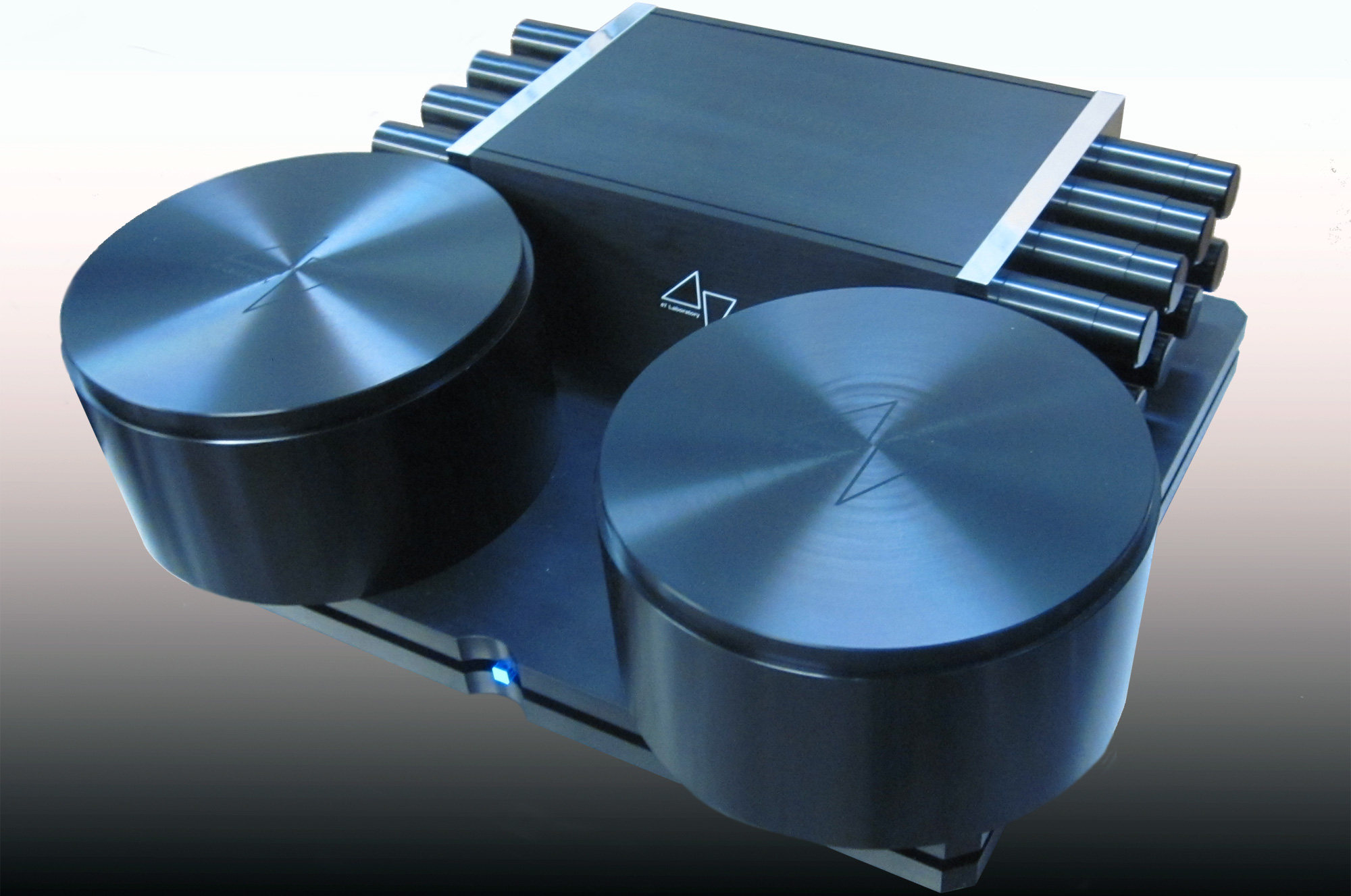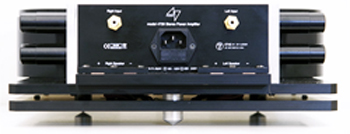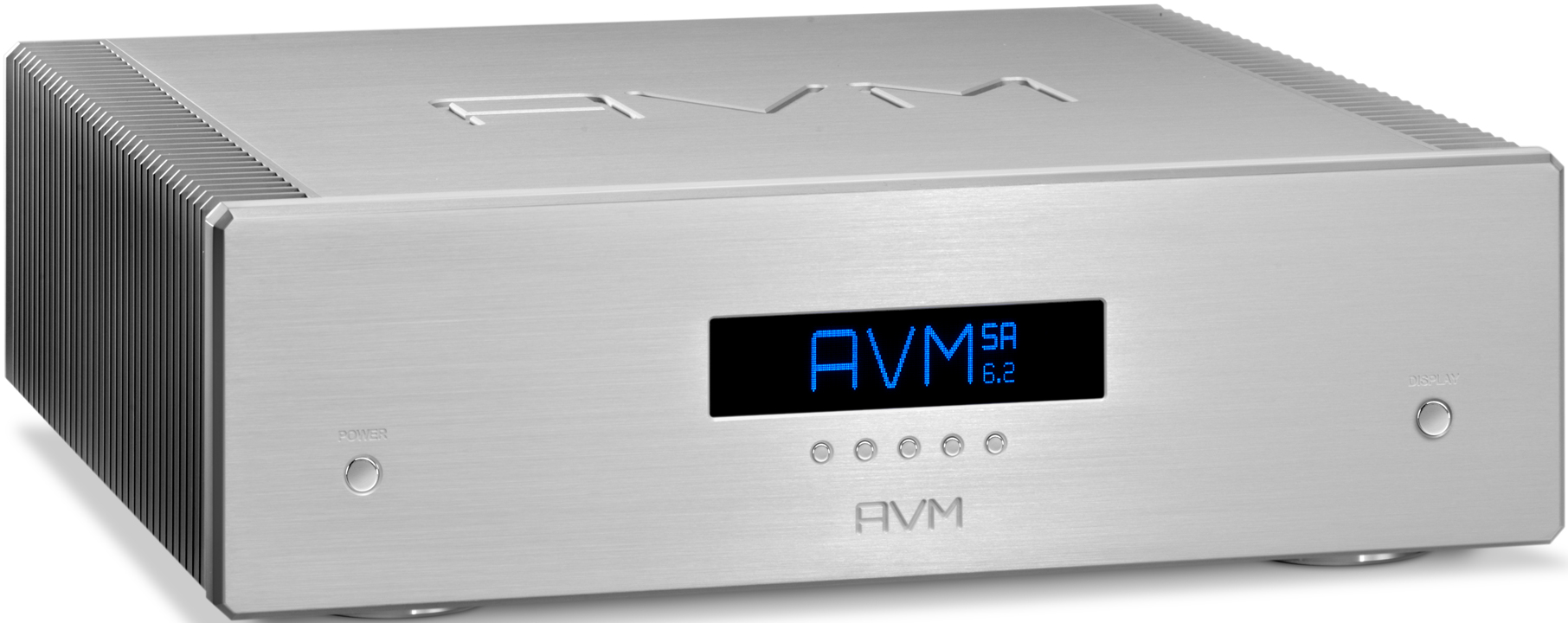Also read Part I, Part II
I never really planned for there to be a Part III of this review; I didn’t even plan to review it in my reference system, but it came before the Wayne Picquet’s Restored Quad ESL 57 and I wanted to break the XA30.8 in before the Quads showed up. I was so impressed by the amplifier that I made the decision to write what was called Part I of this three-part review. The Pass Labs XA30.8 continued to improve with time to the point that, now, I wanted to let you know my final assessment of this incredible amplifier.
In the last ten years I have listened to and in many cases reviewed amplifiers powering the Audio Note E and/or the Teresonic XR Silver. This included amps from the following companies, in alphabetical order they were: 47 Labs 4733 Midnight Blue, Allnic T1500 300B, Atma-Sphere M-60 Mk 3.1 OTL, Art Audio Diavolo TW Ref Signature, ASR Emitter I Exclusive, Audio Note, Audio Research, Bec Canto, Bob Carver “Black Magic” VTA20S, Cary, Conrad Johnson, deHavilland Aries 845-G, Electrocompaiet ECI-5 Mk II, Electra-Fidelity A3-500 300B, First Watt SIT-1, Genesis Advanced Technologies I60, Goldmund, Kora, Kore-eda PLA-1, Joule-Electra, McIntosh, Melody, Monarchy Audio SE-250, Oracle Audio Technologies SI1000, Pass Labs both XA.5, Plinius 9200, Quad, Rogue, Shindo Cortese F2A, Swissonor AM6441, TEAC, Tektron TK 211S, Teresonic Reference 2a3, Unison Research, and Wavac EC-300B.
All together I have listened to around 50 amps in the last 10 years and I’m glad to say most of them were really good amps. To be honest though, only four of them ever made me think they might be as good as my beloved Wavac EC-300B. Here’s the big surprise: Three of the four were transistor amps. The one tube amplifier was Teresonic’s own Reference 2a3 amp; the three transistor amps were the ASR Emitter I Exclusive Amplifier, the First Watt SIT-1 monoblock power amplifiers and now, the Pass Labs XA30.8.
Of the three transistor amps, the First Watt SIT-1 sounded the most like the Wavac EC-300B and I would be the first to admit that if I were buying them new I could not justify spending three times as much for amps that sounded so much alike. The ASR Emitter I Exclusive Amplifier and the Pass Labs 30.8 sound different from each other and the single-ended amps. Of the four amps the ASR sounds the most different. That could be good or bad continuing on your speakers. All four are great amps, though.
The ASR is the fastest and most transparent amplifier I have ever heard. Its speed and transparency extends into the frequency extremes. This results in the tightest bass with the most slam I have heard in my reference system. In my review of the ASR Emitter One Exclusive, I said, “It involves me emotionally better than any solid state gear I have ever used. As incredible as its midrange is, it just doesn’t have the magical way with voices that the Wavac EC-300B does, though it betters any push-pull tube amp I have heard in this area. In the area of PRaT, it also falls a little short of Wavac/Shindo combination.”
Now along comes the Pass Labs XA30.8. I know from the name it sounds like an update to the XA30.5, but it’s not. It’s a whole new amp; there is no way you could take a XA30.5 and upgrade it to a XA30.8. For example, the XA30.8 weighs about 25 pounds more than the XA30.5, the front end uses a mixture of four complementary JFET, MOSFET, and Toshiba bipolar devices on each channel and the power supply is an all new design that has more capacitance. The output stages of the larger Point 8 amplifiers bias more deeply into the Class A operating region. It stays in Class A up to 61 watts peak power. This larger push-pull Class A operating envelope delivers lower distortion and additional loudspeaker control. Again, it’s a whole new amp that is so much better that I think they should have given it a more distinctive new name.
It took me another couple of months after I wrote Part I of this review to realize the XA30.8 is one of the two most musical amps I have heard in my system. I wonder if there is any chance that playing the difficult load of the Quad 57 did a more effective job of breaking them in than my 103dB Teresonic Ingeniums? Anyway, this is amazing considering my Wavac EC-300B cost $30,000, the ASR Emitter One $20,000, the First Watt SIT-1 monoblocks are $10,000 and the Pass Labs XA30.8 comes in at $6,500. Having reread this, I know my credibility as a reviewer who has consistently always touted the superiority of single ended amps with no feedback is in jeopardy. Still, this review is good news for anyone who can get by on the most powerful 30 watts I have heard.
I should take a moment to tell you how I came to feel this way about the Pass Labs XA30.8 amplifier and it is all about how you feel when listening to music on my system with this amp. I listened to this amp for a little over two months with the Teresonic Ingeniums XR Silvers then I put the Wavac EC-300B back in for a few days during which time I finished and turned in Part I of the review. Then I put the XA30.8 back in and hooked up the Quads 57. After about a month of listening to that combo, I put the Teresonics back in and listened to them for about a week with the XA30.8. The next step is where the learning experience came to fruition. I then put the Wavac back in and immediately noticed that incredible holographic midrange, but after a few days I begin to missed the sound of my system with the Teresonics and the XA30.8. When I put it back in I was shocked to discover that I had that feeling that makes your mind say, “Ah! that feels so right.” Over the next two weeks I made this change a couple of times, always with the same result.
So what makes it along with the Wavac EC-300B one of the two most musical amp I have heard? Well, it’s the total package. When listening to the ASR and First Watt there were times when I missed the Wavac. With the Pass Labs XA30.8 I never missed the Wavac, but when I put the Wavac back in it only took a few days until I really missed the XA30.8. I missed the Pass Labs’ power; I missed its scale; I missed its incredible harmonics, its overall tonal balance and just how wonderfully and emotionally involving my system is with it is powering the speakers. The XA30.8 does all these wonderful things with a way that seems effortless and thus very enjoyable to listen to for very long sessions.
The Pass Labs XA30.8 may not be quite as transparent as the other three amps, I’m not sure but it’s close enough I never notice until I put the Wavac EC-300B back in. Then it may only be that they sound different. What I’m saying is the Pass Labs XA30.8 is transparent enough that never once when listening to it did I wish it was as transparent as the other amps. Its bass is not as fast, tight or have the slam as the ASR, but it’s better. The bass is harmonically more correct, it’s full but not the least bit loose, it possesses the very best of the bass we get from world class tube amps and world class transistor amps.
The Pass Labs XA30.8 plays the textures, colors, tones and harmonics of music more realistically than any of the other amps I’ve mentioned. Its timbre realism with individual instruments and voices is just so satisfying. It allows my system to play music with such a enjoyable life-like flow. It has great PRaT and great fullness at the same time. This is something I have never heard an amplifier achieve to this extent. I can’t believe I’m saying all this about a transistor amp.
In Part I of this review I pointed out that, “the XA30.8 is fundamentally different from the EC-300B and the First Watt SIT-1 in how it builds the sound. Both the EC-300B, an SET tube amp, and the First Watt SIT, a single-ended class A transistor amp, build the sound from the midrange out. It’s like the midrange is the main attraction, and the bass and treble are there to finish out the sound. The Pass Labs XA30.8 builds the sound on a foundation of bass, mid-bass and power.” I can now add to that statement that it does this while having an equally wonderful midrange, especially voices.
The longer I listened to the Pass Labs XA30.8, the more convinced I became that this is one of the main things that makes this amp so special, especially in my system. I think this tonal balance works in a very synergist relationship with the rest of my system. It compliments beautifully the tonal balance of the Teresonic speakers and the Soundsmith SG-220 Strain-Gauge cartridge. It does this in the mid-bass and bass. Still, it lets you experience the midrange and treble with no trace of grain. The result is that you experience the bass, midrange and treble as one performance in the same natural way. It doesn’t highlight one area of the frequency range but lets the whole range sound so right.
When listening to the XA30.8 playing the Quad 57, I was blown away by how each and every instrument or singer seemed whole in its own space. This was especially evident with how you could hear each back-up singer. For example, when listening to Elvis and the Jordanaires it was amazing how you could hear Gordon Stoker and Hoyt Hawkins in their very own space. Not their voices hanging in space but the players occupying space in the room.
I really thought this had more to do with the Quads than the amp, but when I hooked back up my Teresonics and put on the same song, I was shocked. The Quad 57 put them in a slightly bigger space than the Teresonics, and the Teresonics gives you a clearer window on their performance. Turns out when I was trying the Quads with other amps and the Teresonics with other amps there is no question that this special way with space and placement of holistic performers in the listening space is the special work of the Pass Labs XA30.8.
Are there any negatives with the XA30.8? Well, I haven’t heard any yet, but there are some that have nothing to do with sound. First is its size and weight, they could make putting it on many racks impossible. Second, if you have inefficient speakers, then you need to move up the .8 lineup; they take up more space and the cost nearly doubles for each time you move up to the next more powerful amp. Lastly, the Pass Labs XA30.8 draws a lot of current, enough that I can see it on my smart meter when I turn it on and off. I did not find it to run nearly as hot as the SIT-1 though, and no hotter that the Wavac. I know as you go to more chassis and more power the heat will become more significant.
Conclusion
While I thought the Pass Labs XA.5 series of amps were some of the very best if not the best transistor out there, they were just slightly more veiled and a little polite for my taste. They also still had a little bit of haze in the midrange compared to my Wavac EC-300B. So did the XA30.8 until it was fully broken in, but never nearly as much as the .5 amps. The Pass Labs XA30.8 has none of these weaknesses in my reference system with the AMG turntable, the SoundStage Strain Gauge system and the Teresonic Ingenium XR. I find the XA30.8 to be a total revelation. In my system clearly it is as musical involving, and even more so in the mid bass and bass than any amp I have used. It is equally as alive sounding as the Wavac EC-300B. I admit this came as a total shock to me as I have not owned a transistor amp in my main audio system in nearly 30 years.
I do think I need to say that with another speaker I might choose the Wavac over the Pass Labs, but with my speakers it’s a match made in heaven. Anyway, the Pass Labs XA30.8 is not only the best amp I have heard with my speakers, it is an incredible bargain to boot!
The post Pass Labs XA30.8 class A stereo amplifier Review, Part III appeared first on Dagogo.


